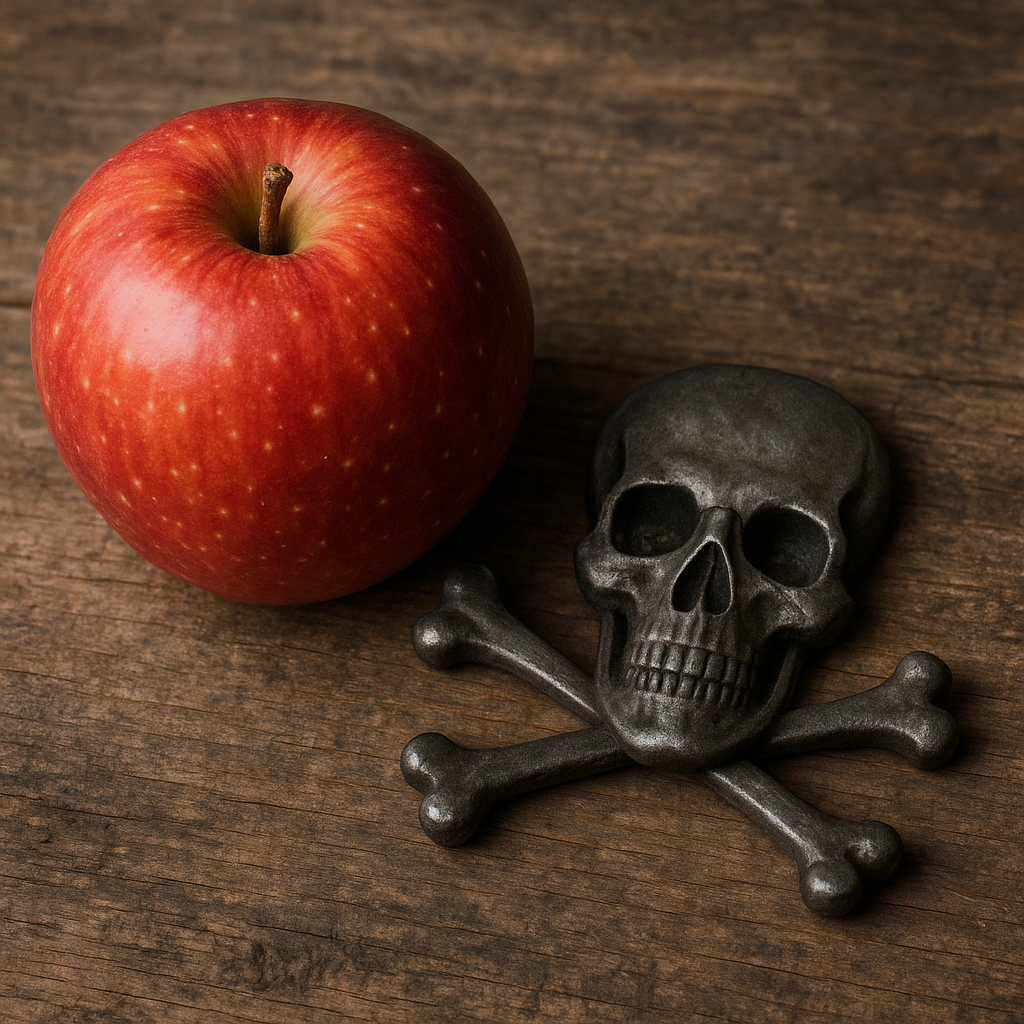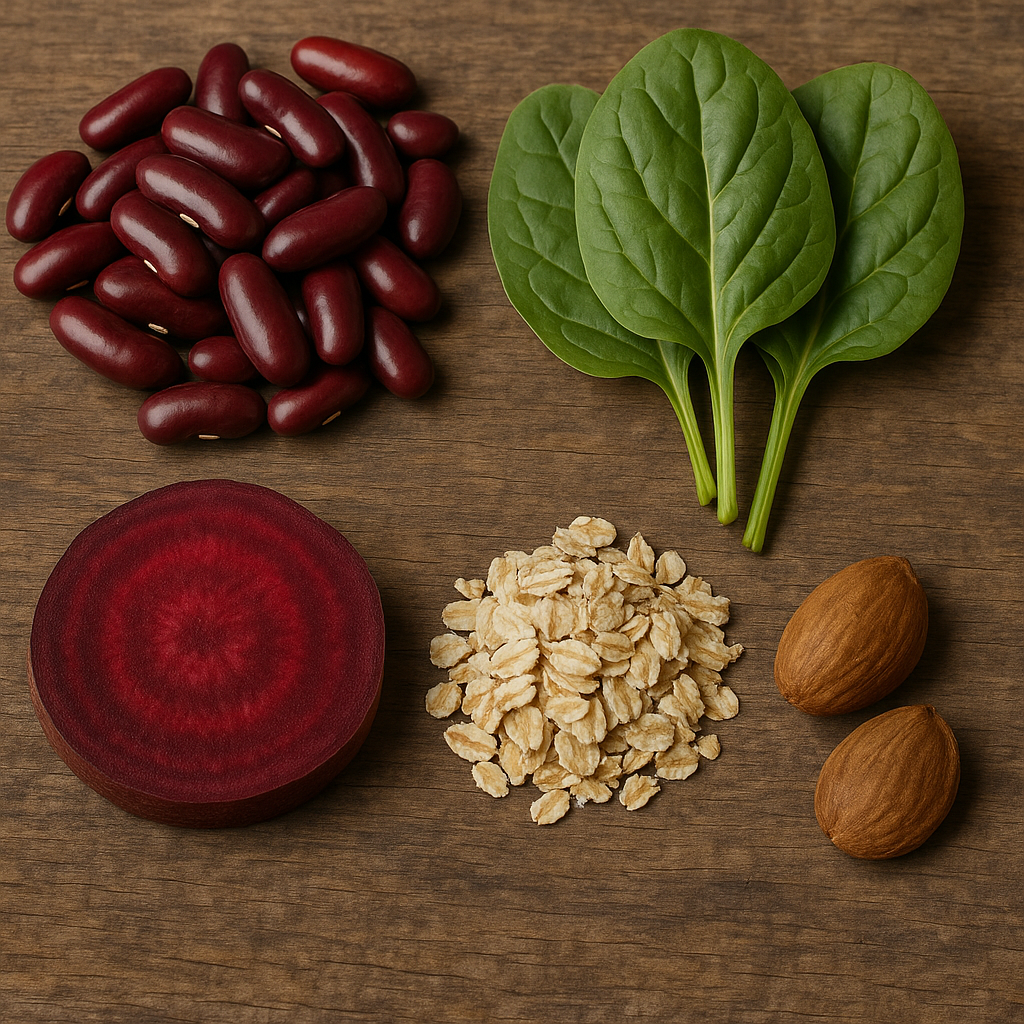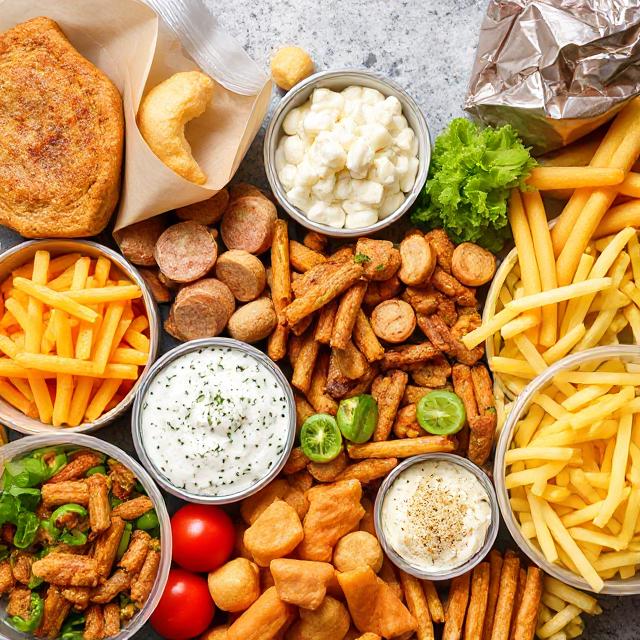Many people unknowingly consume harmful substances daily. These hidden toxins in food can accumulate and lead to chronic diseases, hormonal imbalances, and even cancer. According to Dr. Barbara O’Neill, understanding what makes a food toxic and how to detox naturally is key to restoring health and vitality.
What Is Food Toxicology?
Food toxicology is the study of harmful substances in food and how they affect the human body. These substances can be:
- Naturally occurring (natural toxicants)
- Introduced during processing (chemical additives, preservatives)
- From contamination (pesticides, packaging chemicals)

The aim of food toxicology is to identify these risks, reduce exposure, and promote safer consumption habits.
Natural Toxins Found in Food
Many assume that “natural” means safe—but some natural toxins in food can be dangerous. Here are some natural toxicants Dr. Barbara O’Neill warns about:
1. Lectins
Found in legumes like kidney beans, lectins can cause inflammation and damage the gut lining if not cooked properly.
2. Oxalates
Present in spinach and beets, oxalates can lead to kidney stones and interfere with calcium absorption.
3. Phytates
Found in grains and seeds, phytates inhibit mineral absorption, potentially causing deficiencies over time.
4. Cyanogenic Glycosides
Found in bitter almonds and apricot seeds—these natural toxins can be found in food that can cause death if consumed in large quantities.

These are examples of natural toxicants of plant origin studied in pharmacognosy and food toxicology lectures.
What Foods Can Be Toxic?
Dr. O’Neill emphasizes that toxic foods are not just processed ones. Even healthy-looking options can harbor hidden dangers. Here’s a list:
- Processed meats (loaded with nitrates)
- Refined oils (oxidized and inflammatory)
- Plastic-packaged foods (leach BPA, phthalates)
- Microwave popcorn (Teflon toxins and artificial butter chemicals)
- Non-organic produce (pesticide residue)
These are common sources of food toxicology that disrupt the endocrine and immune systems.
What Makes Toxins in Food Dangerous?
Toxins become harmful when:
- Consumed in large amounts
- Not detoxified efficiently by the liver
- Accumulate in body fat, brain, or organs
This leads to food borne toxemia, where the blood becomes overloaded with waste, resulting in fatigue, inflammation, and toxemia poisoning.
What Makes Your Body Toxic?
According to Dr. O’Neill, common sources include:
- Processed foods
- Environmental chemicals
- Medications
- Heavy metals
- Poor liver and colon detoxification
Symptoms of toxemia can include skin issues, fatigue, headaches, hormonal imbalance, and digestive distress.
Food Toxicology Examples
| Toxin Type | Example Food | Effect on Health |
|---|---|---|
| Aflatoxins | Moldy nuts/grains | Carcinogenic |
| Acrylamide | Fried potatoes | Neurotoxic |
| Monosodium glutamate (MSG) | Fast food, chips | Headaches, excitotoxicity |
| Bisphenol A (BPA) | Canned foods/plastics | Hormonal disruption |
| Solanine | Green potatoes | Neurological effects |
These real-world food toxicology examples are often discussed in food toxicology.
Types of Toxemia and Their Impact
There are two main types of toxemia:
- Exogenous Toxemia – From external sources (food, air, water)
- Endogenous Toxemia – From internal waste due to poor digestion/elimination
Both require targeted cleansing strategies.
How to Avoid Hidden Toxins in Food
Dr. Barbara O’Neill recommends a holistic detox approach:
Eat Organic
Reduce exposure to pesticides and environmental toxicology sources.
Eliminate Processed Foods
These are loaded with preservatives, artificial colors, and toxins in food that burden the liver.
Support the Liver
Use herbs like milk thistle, dandelion, and turmeric to boost detoxification.
Activate Daily Detox
- Start your day with lemon water
- Include fiber-rich foods
- Practice deep breathing and sweating


Read Labels
Avoid foods with unpronounceable ingredients, flavor enhancers, or synthetic additives.
Conclusion
Understanding what foods can be toxic and how to detox naturally is crucial for long-term health. By identifying hidden toxins in food, you can prevent toxemia, reduce disease risk, and experience more energy and vitality.
As Dr. Barbara O’Neill puts it: “The body can heal itself—but only if it’s given the right conditions.”



